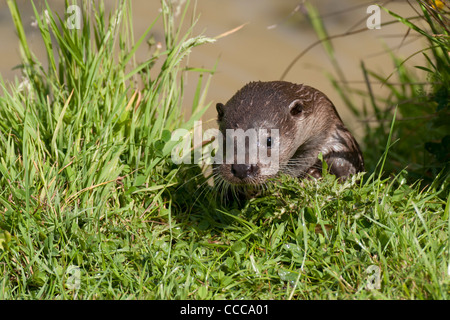

They are usually brown in color, but can change their color to camouflage agains their surroundings or to show their mood.Ĭommon octopuses have nine brains. Their soft body is moldable and they can squeeze into many cracks and crevices to get away from threats and predators without harming themselves. They are about 90 percent muscle, and because they lack bones, they can fit through very small spaces. Once they break into the shells, they may also inject a paralyzing poison into its prey. They also have a sharp beak and a toothed tongue called a radula, which they use to pry open and drill into the shells of prey, like crabs and clams. They have no skeletal structure but do possess a skull, which protects their brain. They can grow up to 25 cm (10 inches) in mantle length with arms up to 1 m (3.3 feet) long, and may weigh up to 9 kg (20 pounds).

The common octopus has a distinct appearance, with a large bulbous head, large eyes, and eight distinctive arms. The common octopus is considered to be abundant across their range, and are currently listed as Least Concern on the IUCN Red List. They are able to change their color to blend in with their surroundings and can even adjust their shape to escape predators. They hunt at dusk and mostly eat crabs, crayfish, and bivalve molluscs. These animals are quite large, and their tentacles can measure up to 1 m (3.3 feet) long. It is a cosmopolitan species and occurs all over the world, particularly abundant in the Mediterranean Sea, the Eastern Atlantic Ocean, and in Japanese waters. The common octopus is most famous for its eight legs. It is the most studied of all the octopus species. There is still little known about the virus, and the resulting autophagy often kills the octopus within weeks.ĭid you know that our oceans are in danger? You can help protect one of these peaceful ocean dwellers today with a handcrafted octopus ring and we will give up to 25% to conservation.The common octopus (scientific name: Octopus vulgaris) is a mollusk belonging to the class Cephalopoda, the family Octopodidae and the genus Octopus. There has been some limited research in this area which shows that this is an abnormal behavior that may be caused by a virus that attacks the octopus' nervous system. Today, it is still sometimes thought that stress is the cause.

However, no amount of overfeeding or stimulation stopped the behavior, known as autophagy. They speculated that it was either as a result of lack of food or boredom and stress. Marine biologists first noticed octopus missing limbs and attributed it to predatory damage or even autotomy - a behavior where an animal breaks off a limb to impress a mate.Īquarium biologists then observed octopus in captivity consuming their own arms. Another type, the salivary teeth, are what push the paralyzing saliva forward into the drilled hole. Inside the octopus mouth are saw-like teeth that can start a hole, however, most of the drilling is done with what are known as salivary papilla (small teeth-like bumps). The beak is often not enough to get into mollusk shells. The beak is used to crush prey.Īn octopus usually has three kinds of teeth (known as denticles) located on a ribbon-like structure called the radula, and they are used to drill into shells. The octopus' beak is made from keratin, the same material that a bird's beak and our fingernails are made of. It is the only hard part of the octopus’ body. Yes, the beak is located on the lower side of the body below the eye where the eight legs join. Then, the octopus bites and dismembers the prey into small pieces and sucks out the flesh.Īn octopus will eat about three times its weight during its lifetime. For shelled mollusks, this often means drilling a hole into the shell and injecting the saliva through the hole. Then they inject paralyzing saliva that softens the flesh. Typically, they use their arms to catch the prey.


 0 kommentar(er)
0 kommentar(er)
